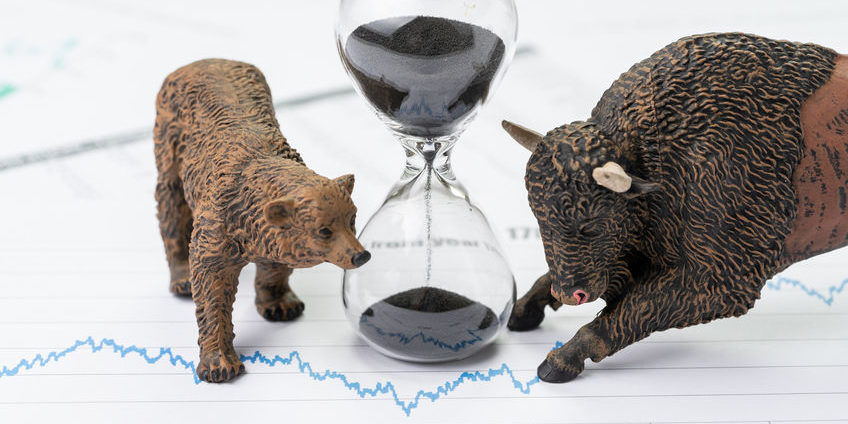Volatility In The Age Of Coronavirus: Beware The Sky-High VIX Readings
The fear of the unknown is hanging over all of us. New covid-19 cases are popping up daily and the death rate is climbing. Social distancing seems to be working, but nobody knows when the coronavirus will be under control. As traders, we are navigating all of this while trying to protect our portfolios from out-of-control volatility in the age of coronavirus.
So let’s look at where we are now, and what we should do about it.

Volatility in the age of coronavirus
As we all know, the stock market has taken a tremendous hit from the heightened uncertainty. The economic impact has been devastating for small towns and big cities, employees and employers, small businesses and large corporations. Millions have lost their jobs, and millions more may lose their jobs as the economy heads into a nasty recession. Some analysts have estimated that the GDP for Q2 could plunge 20%. That drop represents one fifth of a $22 trillion economy!
I have never seen market volatility sustained at current levels. The VIX indicator rises sharply when uncertainty veers into panic. It often subsides quickly, but not this time around. The 20 ma for the VIX is around 55 right now. In other words, the average daily level of volatility has been 55 over the past month. Historically, the average daily level is in the 18-20 range. During the global financial crisis in 2008/09, the 20 ma peaked around 50.
The sustained, elevated VIX explain why there are so many big swings in the indices. Current levels mean there is a 66% chance of a 5% move each day. Hence, expect 5% moves (in either direction) on 20 of every 30 days. This is not normal activity.
What does this mean for traders?
Higher volatility leads to higher prices for options, both calls and puts. Index puts, which I often urge you to buy to protect your portfolio from volatility, are expensive right now. Ranges are continuing to widen on the upside and downside, so even buying calls to take advantage of a bounce or rebound are extremely expensive. In short, trading right now is costly, and it might not be worth the risk.
Comments
 No Thumbs up yet!
No Thumbs up yet!



